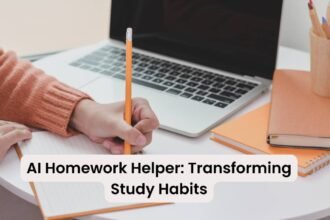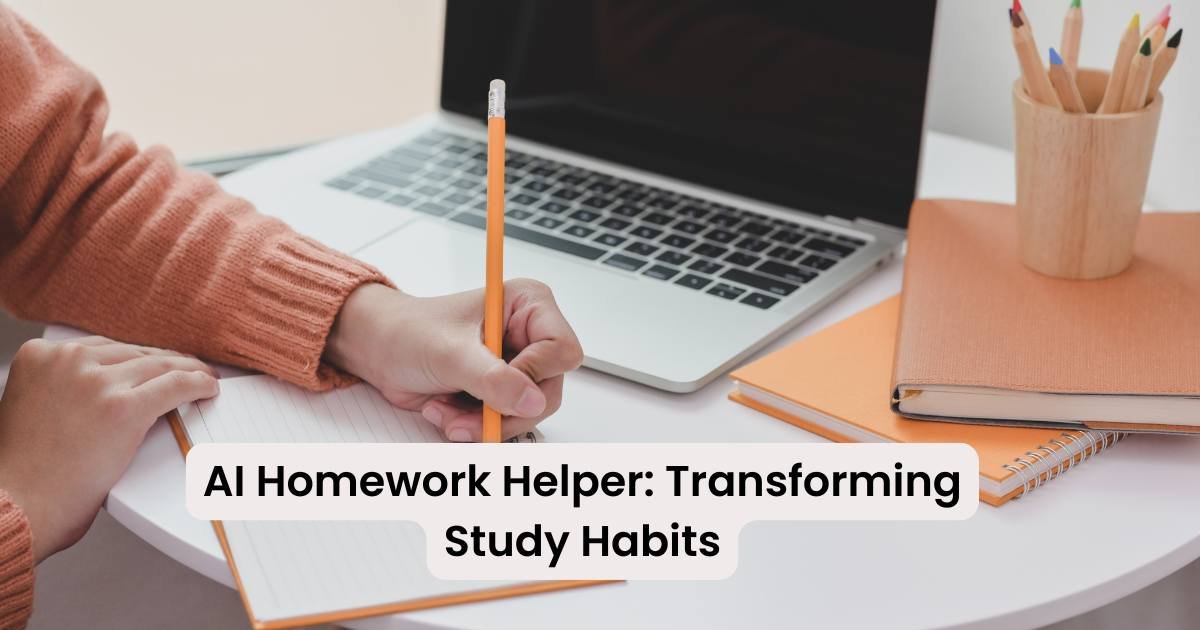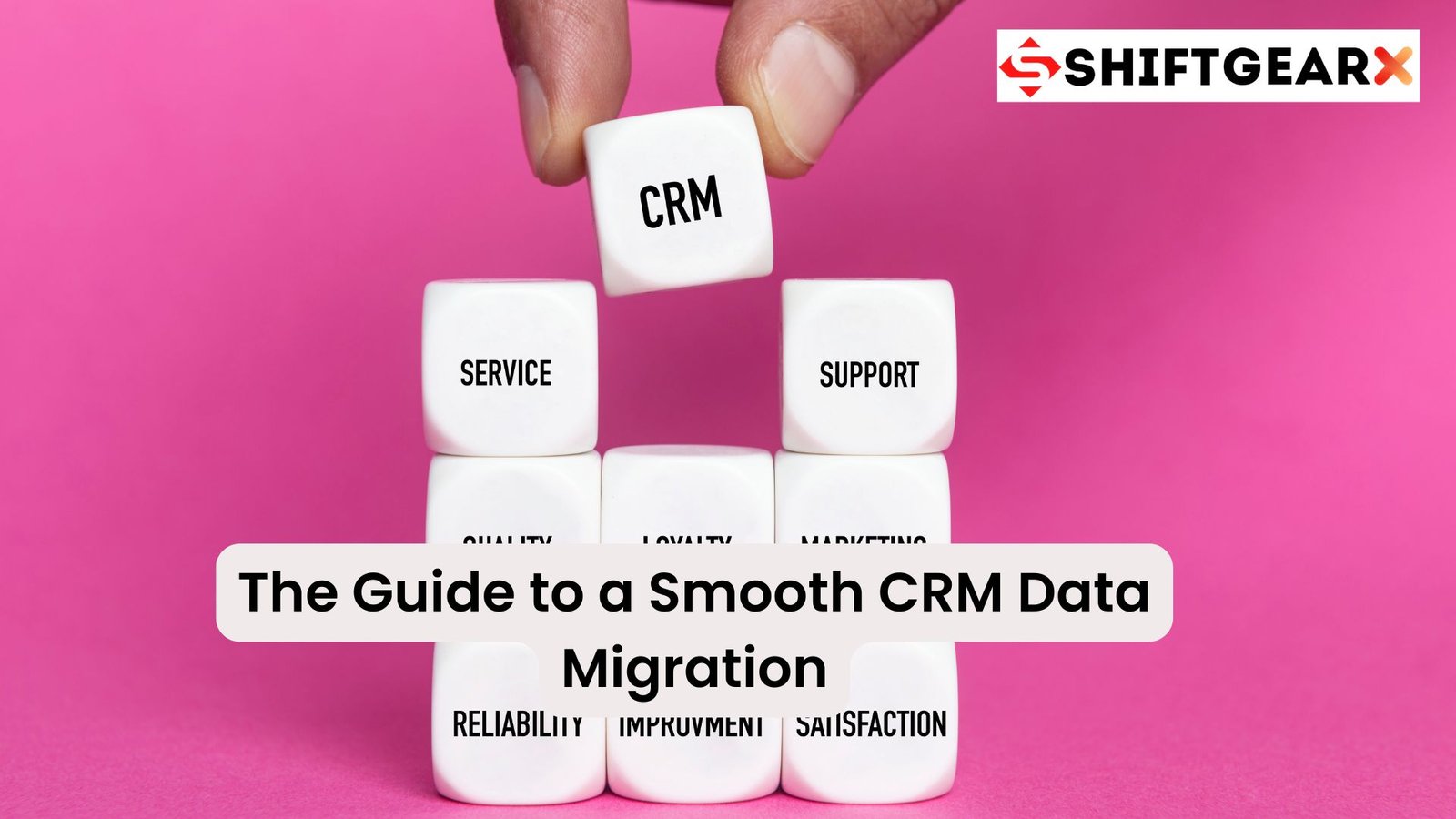It was a typical Monday morning when Sarah (name changed to protect identity), the newly appointed FinOps manager at a rapidly growing tech startup, walked into her office. As she sipped her coffee, she couldn’t shake off the nagging feeling that something was off with their cloud spending. The numbers just didn’t add up, and she knew she was missing critical insights. Little did Sarah know that her data management headache was about to become a thing of the past, thanks to the power of artificial intelligence and automation in FinOps. Now you may ask me, How AI and Automation streamline Data Management for FinOps? Well, I’m here to break it down for you.
If you don’t know me, I’m Noel D’Costa and I have been in the FinOps space for quite some time. You can check my LinkedIn profile for more about me Noel Benjamin D’Costa | LinkedIn.
In this article, we’ll explore how AI and automation are revolutionizing data management in FinOps, helping professionals like Sarah make sense of complex financial data and optimize cloud spending – in short Cloud Financial Management.
We’ll dive into real-world examples, practical tips, and expert insights to show you how these technologies can transform your FinOps practices and achieve cost savings.
The FinOps Data Dilemma: A Common Problem

Before we dive into the solutions, let’s take a moment to understand the challenges that FinOps teams in business units face daily. I’m sure this situation is not new to you – it’s the end of the month, and you’re working around the clock, surrounded by multiple monitors displaying an endless array of spreadsheets. Your coffee’s gone cold, your eyes are strained, and you’re juggling more browser tabs than you can count.
Does this sound familiar? I had written an article on how on an Executive Architect’s Approach to FinOps and how AI and Automation Streamline Data Management. It will give you a good view from a technical perspective and ways to prepare for AI and Automation integration. This article is more from a cost perspective.
Challenges that FinOps Professionals Face in Financial Operations
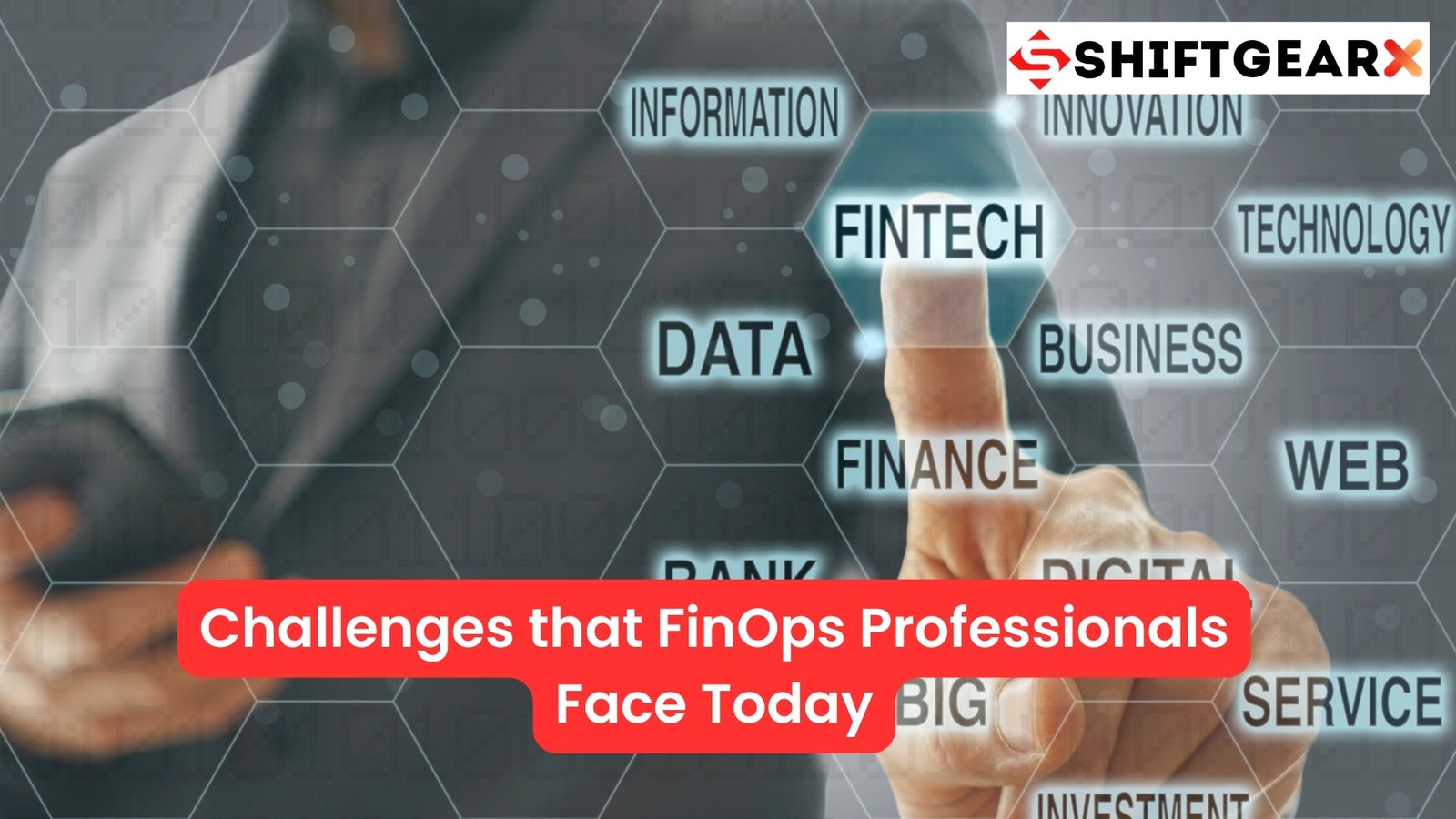
You’re not alone in this struggle. Let’s break down the common headaches that FinOps professionals grapple with:
-
Data Overload: Cloud environments generate an astronomical amount of data. Usage metrics, cost data, performance indicators – it’s like trying to drink from a fire hose. Many FinOps teams find themselves drowning in this sea of information, struggling to make sense of it all.
-
Manual Reconciliation Nightmares: Remember that time you spent an entire weekend trying to reconcile cloud bills across multiple accounts and providers? It’s a tedious, error-prone process that can make even the most patient professional want to pull their hair out.
-
Resource Tracking Chaos: In dynamic cloud environments, resources are constantly being spun up and down. Keeping track of who’s using what, when, and why can feel like herding cats. And don’t even get me started on shadow IT!
-
Forecasting Frustrations: If I had a dollar for every time someone asked me to predict next quarter’s cloud spend with pinpoint accuracy, I’d have enough to cover our unexpected overages! Forecasting in the cloud era is more art than science, especially when you’re dealing with rapid growth or variable workloads.
-
Tagging Troubles: Proper tagging is the foundation of accurate cost allocation, but it’s easier said than done. Inconsistent tagging practices across teams can lead to a murky financial picture and heated debates over who’s responsible for that mysterious spike in costs.
-
Optimization Overload: The cloud offers a dizzying array of instance types, pricing models, and discount options. Trying to optimize your infrastructure for both performance and cost can feel like solving a Rubik’s cube blindfolded.
-
Stakeholder Communication: Translating complex cloud financials into language that resonates with C-suite executives, finance teams, and engineering departments is a skill in itself. And when the numbers don’t look good, being the bearer of bad news is no fun.
How Big Is this Issue? Can Cloud Costs be Granular?
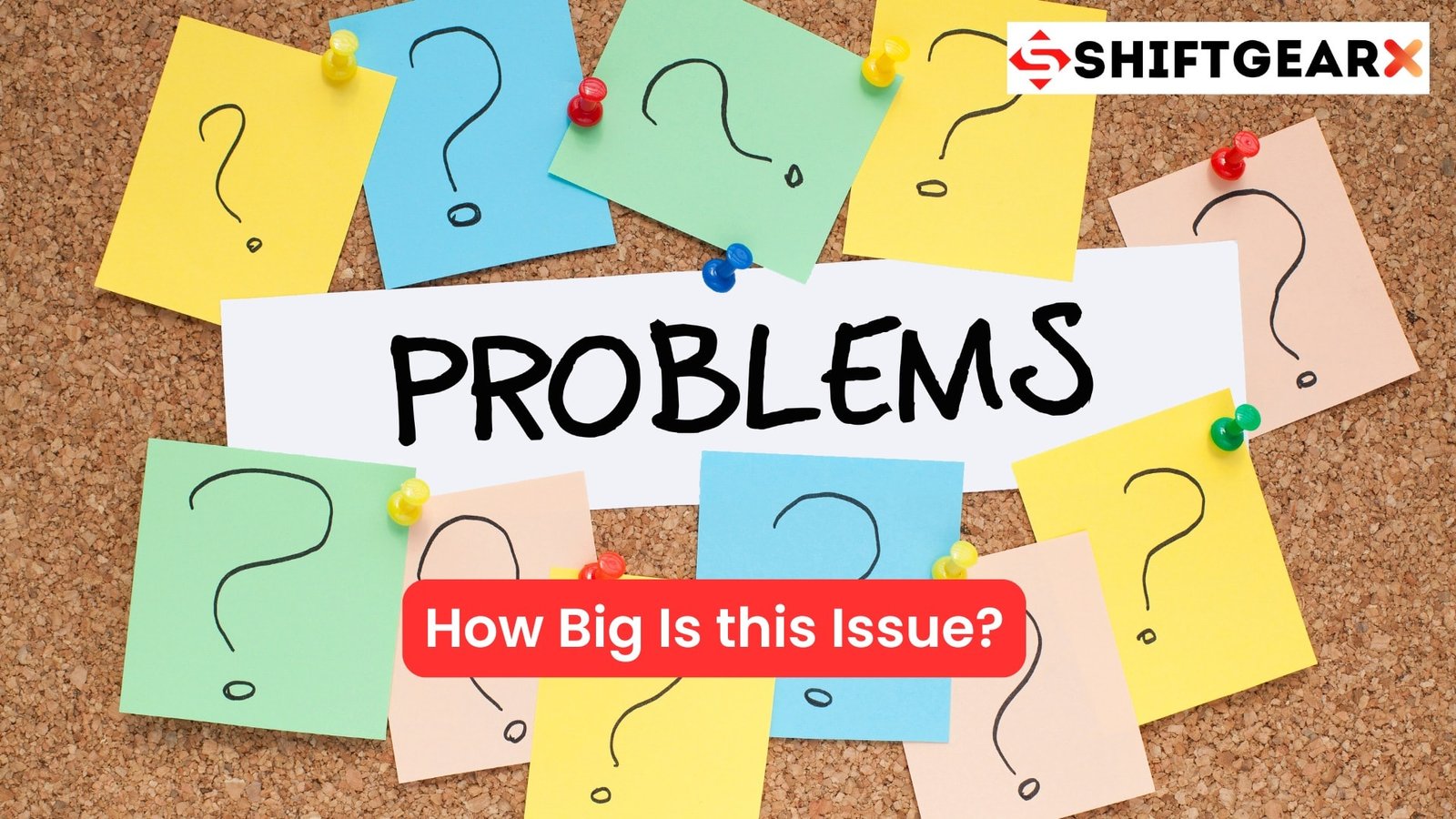
These challenges aren’t just anecdotal. Let’s look at some hard numbers that underscore the magnitude of these issues:
-
According to a recent survey by the FinOps Foundation, a whopping 64% of organizations struggle with accurate cost allocation. That’s nearly two-thirds of companies flying partially blind when it comes to understanding their true cloud costs.
-
The same survey revealed that 72% of respondents find it challenging to optimize cloud resources effectively. In other words, almost three-quarters of organizations are likely leaving money on the table due to suboptimal cloud usage.
-
A study by Flexera found that organizations waste an average of 32% of their cloud spend. That’s essentially throwing away a third of your cloud budget!
-
Gartner predicts that through 2024, 60% of infrastructure and operations leaders will encounter public cloud cost overruns that negatively impact their on-premises budgets.
These statistics paint a clear picture: the need for better financial operations solutions in FinOps isn’t just a nice-to-have – it’s a critical business imperative. The complexity of cloud environments, combined with the sheer volume of data generated, has outpaced our human ability to manage it all manually without effective data management practices.
But before you consider a career change or resign yourself to a life of spreadsheet hell, there’s hope on the horizon. Help is coming in the form of AI and automation, and they’re about to transform the way we approach FinOps data management.
In the next section, we’ll explore how these technologies are addressing each of these challenges, providing FinOps teams with the superpowers they need to tame the cloud cost beast. Get ready to say goodbye to those weekend reconciliation sessions and hello to a new era of data-driven, AI-powered FinOps!
Introducing AI and Automation: The Dynamic Duo to Drive Cost Savings
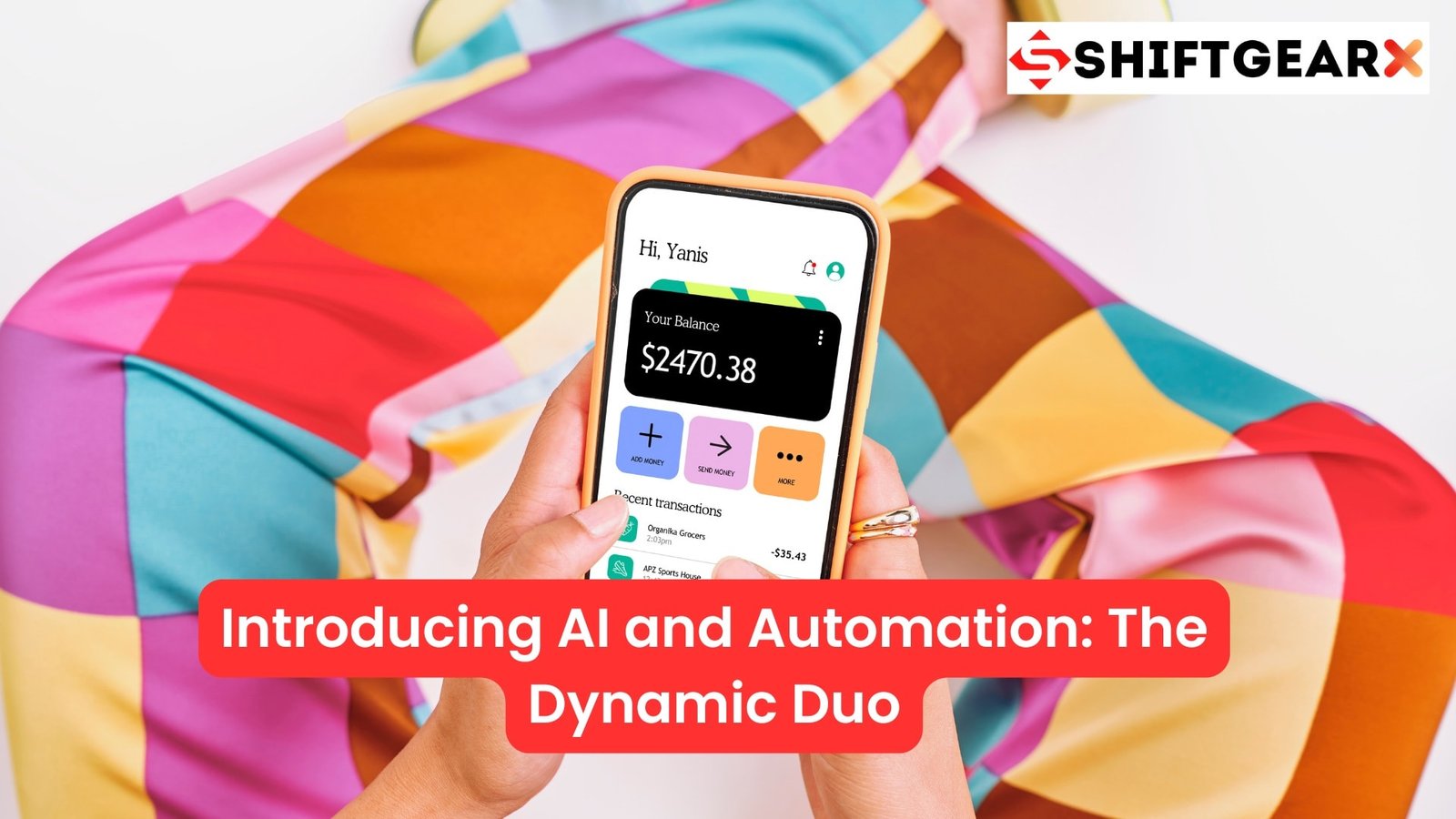
Imagine having a super-smart assistant who never sleeps, never makes calculation errors, and can process vast amounts of data in seconds. That’s essentially what AI and automation bring to the table in FinOps data management. Here’s how they’re changing the scene:
-
Automated Data Collection and Integration Gone are the days of manually pulling data from multiple sources. AI-powered cloud cost management tools can now automatically collect and integrate data from various cloud providers, automation tools, financial systems, and other relevant sources. This not only saves time but also reduces the risk of human error in cloud investments. Real-world example: A multinational corporation implemented an AI-driven data integration platform and reduced their monthly reporting time from 5 days to just 2 hours. Talk about a productivity boost!
-
Intelligent Cost Allocation One of the biggest headaches in FinOps is accurately allocating costs to different departments, projects, or products. AI algorithms can analyze usage patterns, metadata, and historical data from cloud service providers to automatically tag and allocate costs with unprecedented accuracy. Tip: Start small by implementing AI-based tagging for your top 20% of cloud resources. You’ll be amazed at the insights you gain and the time you save.
-
Predictive Analytics for Forecasting Remember Sarah’s struggle with understanding cloud spending trends? AI-powered predictive analytics can forecast future cloud costs based on historical data, current usage patterns, and even external factors like seasonal trends or planned product launches. Expert insight: John Jose, a FinOps consultant with 15 years of experience, shares, “Predictive analytics have completely changed how we approach budgeting. We’re now able to forecast with 95% accuracy, which has dramatically improved our financial planning and data driven decisions.” I have explained the difference between Generative AI vs Predictive AI here.
-
Anomaly Detection and Alert Systems AI algorithms excel at spotting patterns and deviations. By continuously monitoring your cloud spending and usage data, these systems can detect anomalies and alert you to potential issues before they become costly problems. Case study: A SaaS company implemented an AI-driven anomaly detection system and caught a misconfigured auto-scaling group that would have cost them an extra $50,000 if left unchecked for a month.
-
Automated Reporting and Visualization Say goodbye to spending hours creating reports and dashboards. AI and automation tools can generate comprehensive reports and interactive visualizations at the click of a button, making it easier for stakeholders to understand and act on FinOps data. Personal anecdote: I remember the days when I’d spend entire weekends preparing monthly reports. Now, with automated reporting, I can generate detailed insights in minutes, leaving me more time to actually analyze and act on the data.
The Human Touch: Balancing AI and Expertise
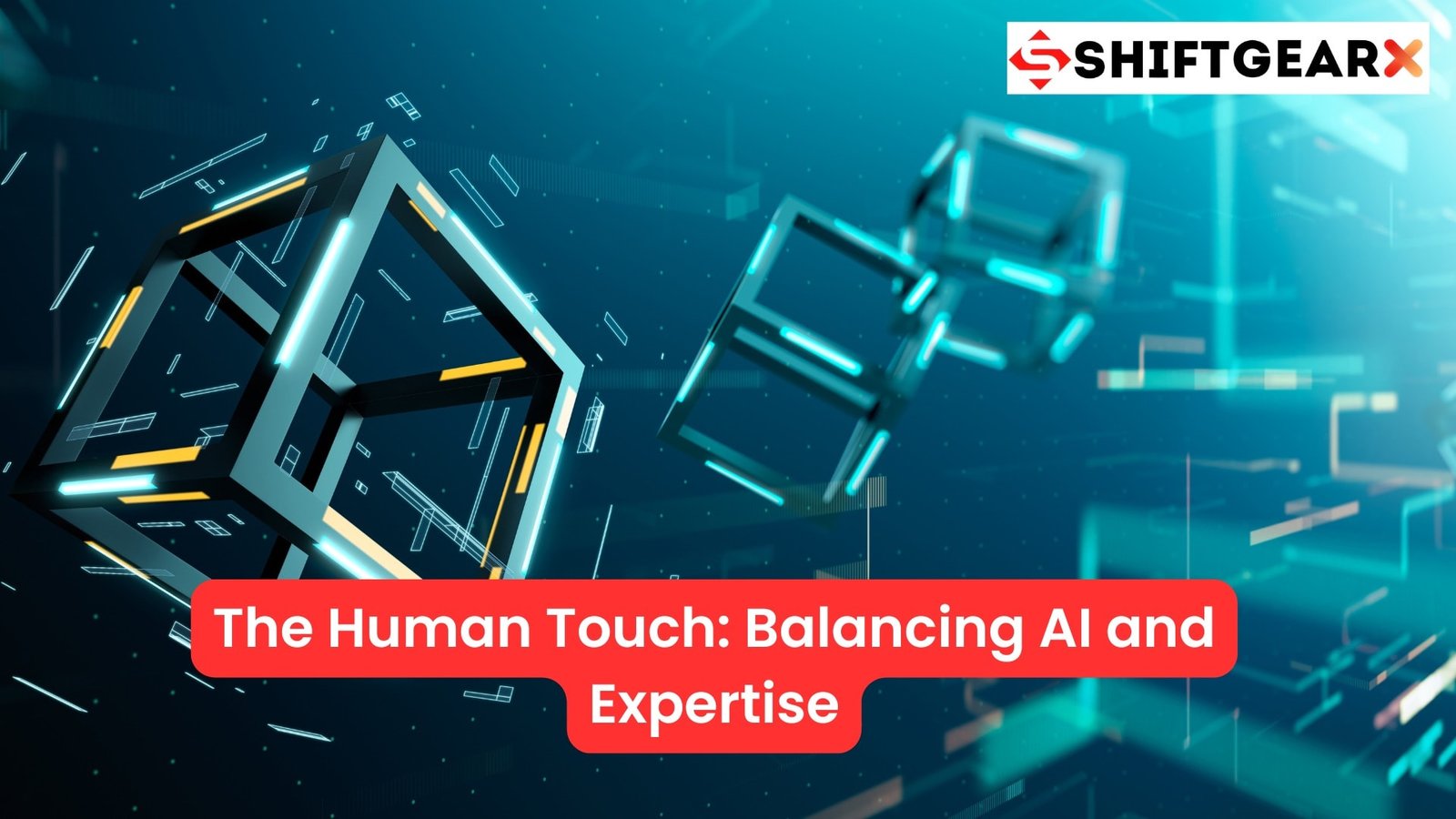
Now, I know what some of you might be thinking: “Great, another article telling me how AI is going to take my job!” But hold your horses, folks. Before you start updating your resume or considering a career change to become an alpaca farmer (though I hear the wool business is quite cozy), let’s clear the air about something important.
AI and automation in FinOps aren’t here to replace you – they’re here to be your partner in crime, your trustworthy assistant. These technologies are tools designed to enhance human expertise and streamline financial processes, not replace it. The most successful FinOps teams find the right balance between leveraging AI capabilities and applying good old-fashioned human judgment.
The Power of Human Context

Let me describe a scenario. It’s a Tuesday morning, and you’re sipping your coffee (or tea, I don’t judge) when you get an alert from your AI-powered FinOps system. It’s flagging an unexpected spike in cloud costs for a particular service. The system provides you with a detailed breakdown of the increase, complete with fancy graphs and projections.
Now, an AI system can do a lot of things, but it can’t step out for a chat by the water cooler (or these days, a quick Slack message) with the marketing team. This is where you, the FinOps professional, come in with your secret sauce: context. The system can show you where to optimize costs. But you play the role of negotiating the outcomes. You understand the business objectives better and can use leverage AI based on the data driven insights.
The casual conversation you had with the head of marketing last week about their upcoming promotional campaign. You reach out to them and discover that yes, their campaign went viral, driving much higher traffic than expected. This context is crucial for making informed decisions about scaling resources, adjusting budgets, or optimizing financial resources.
In this scenario, the AI system did its job perfectly – it spotted an anomaly and brought it to your attention. But it took human insight to understand the full picture and make strategic decisions based on that information.
The AI-Human Symphony
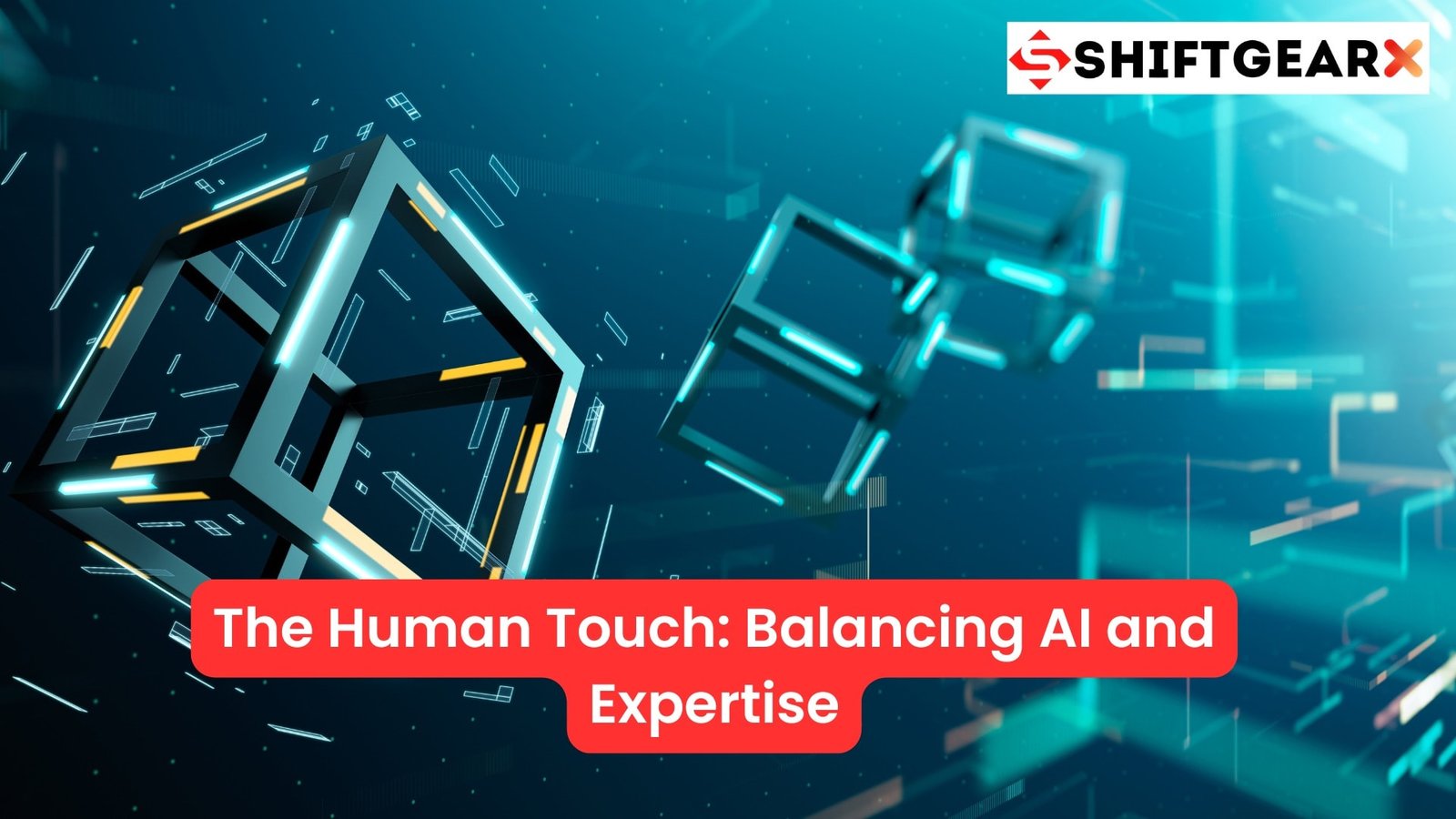
Think of the relationship between AI and human expertise in FinOps as a symphony orchestra. The AI systems are like the various instruments – each playing their part with precision and consistency to enhance operational efficiency. But you, the FinOps professional, are the conductor. You’re the one who brings it all together, interprets the music, and creates something truly meaningful.
Here are a few ways this AI-human collaboration plays out in FinOps:
-
Data Interpretation: AI can crunch numbers faster than you can say “cloud cost optimization,” but interpreting what those numbers mean for your business? That’s where human expertise shines. You bring industry knowledge, company context, and strategic insight that no AI can match.
-
Anomaly Investigation: AI is great at spotting patterns and anomalies, but investigating the root cause often requires human detective work. Was that spike in compute costs due to a new feature release, a DDoS attack, or just a forgotten test environment? Your ability to investigate and connect the dots is crucial.
-
Stakeholder Communication: AI can generate reports, but it can’t navigate office politics or tailor its message to different audiences. Your skills in communicating FinOps insights to everyone from DevOps engineers to C-suite executives are irreplaceable.
-
Strategic Decision Making: While AI can provide recommendations based on historical data and predefined rules, making strategic decisions about cloud investments, vendor negotiations, or cost optimization strategies requires human judgment and foresight.
-
Ethical Considerations: As cloud usage grows, so do concerns about energy consumption and environmental impact. Balancing cost optimization with sustainability goals is a nuanced task that requires human values and decision-making.
-
Continuous Learning and Adaptation: The cloud landscape is constantly evolving, with new services, pricing models, and best practices emerging regularly. While AI systems can be updated, your ability to continuously learn, adapt, and apply new knowledge is what keeps your FinOps practice cutting-edge.
The Future is Human + AI
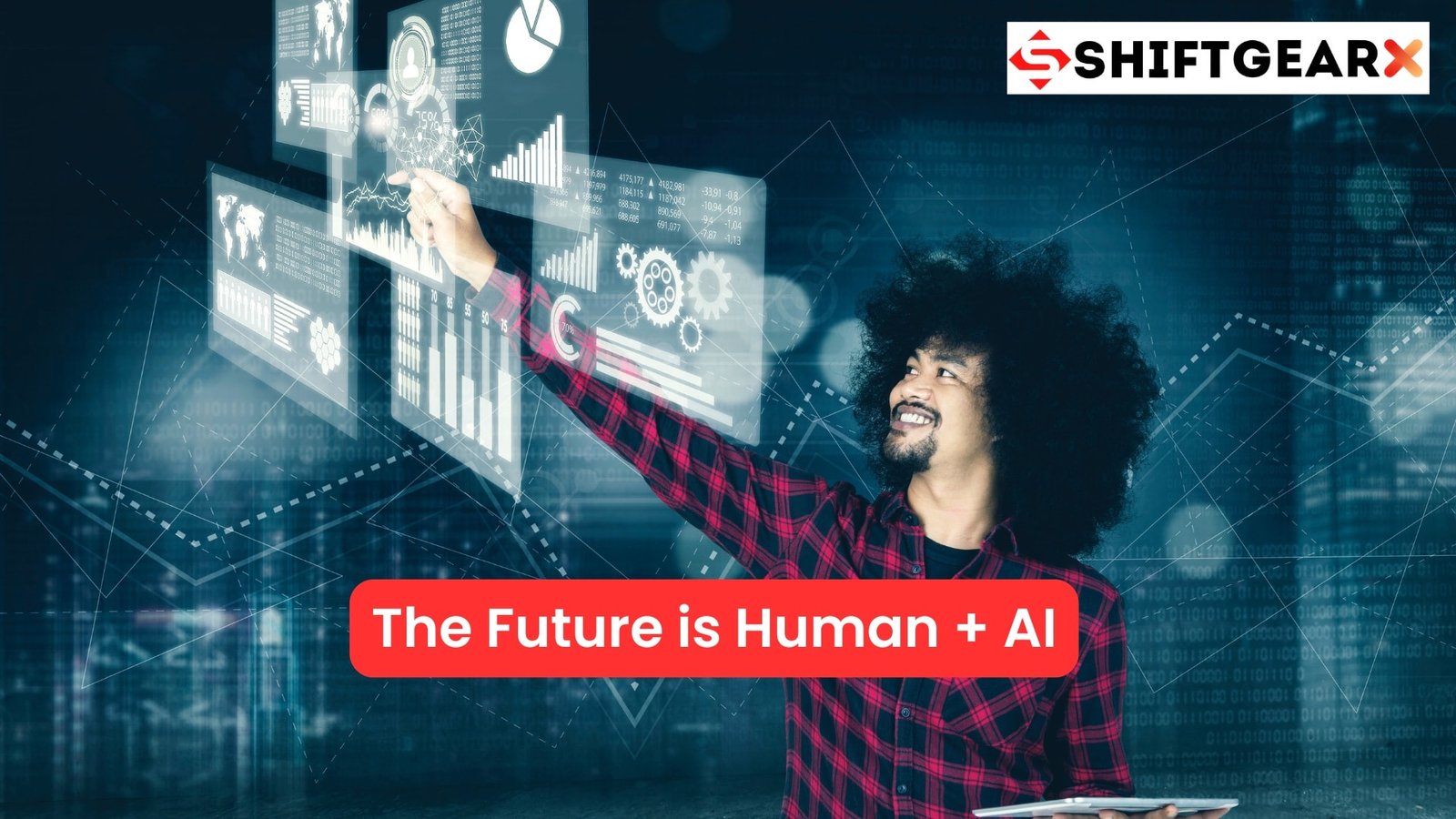
A study by Deloitte found that 60% of organizations focusing on financial operations, are using AI to assist workers rather than replace them. In the world of FinOps, this couldn’t be more true. The future isn’t about AI taking over, it’s about AI empowering FinOps professionals to work smarter, not harder.
By leveraging AI and automation for data processing, pattern recognition, and routine tasks, you achieve significant cost savings and free up your time and mental energy for what humans do best – critical thinking, creativity, and strategic planning. It’s about augmenting your capabilities, allowing you to handle more complex challenges and drive greater value for your organization.
So, the next time you hear about advancements in AI and automation for FinOps, don’t worry about becoming obsolete. Instead, get excited about the new superpowers you’re gaining. Embrace these tools as partners in your FinOps journey and remember – in the grand orchestra of cloud financial management, you’re the one waving the baton.
Now, who’s ready to conduct their FinOps collaboration?
Overcoming Implementation Challenges
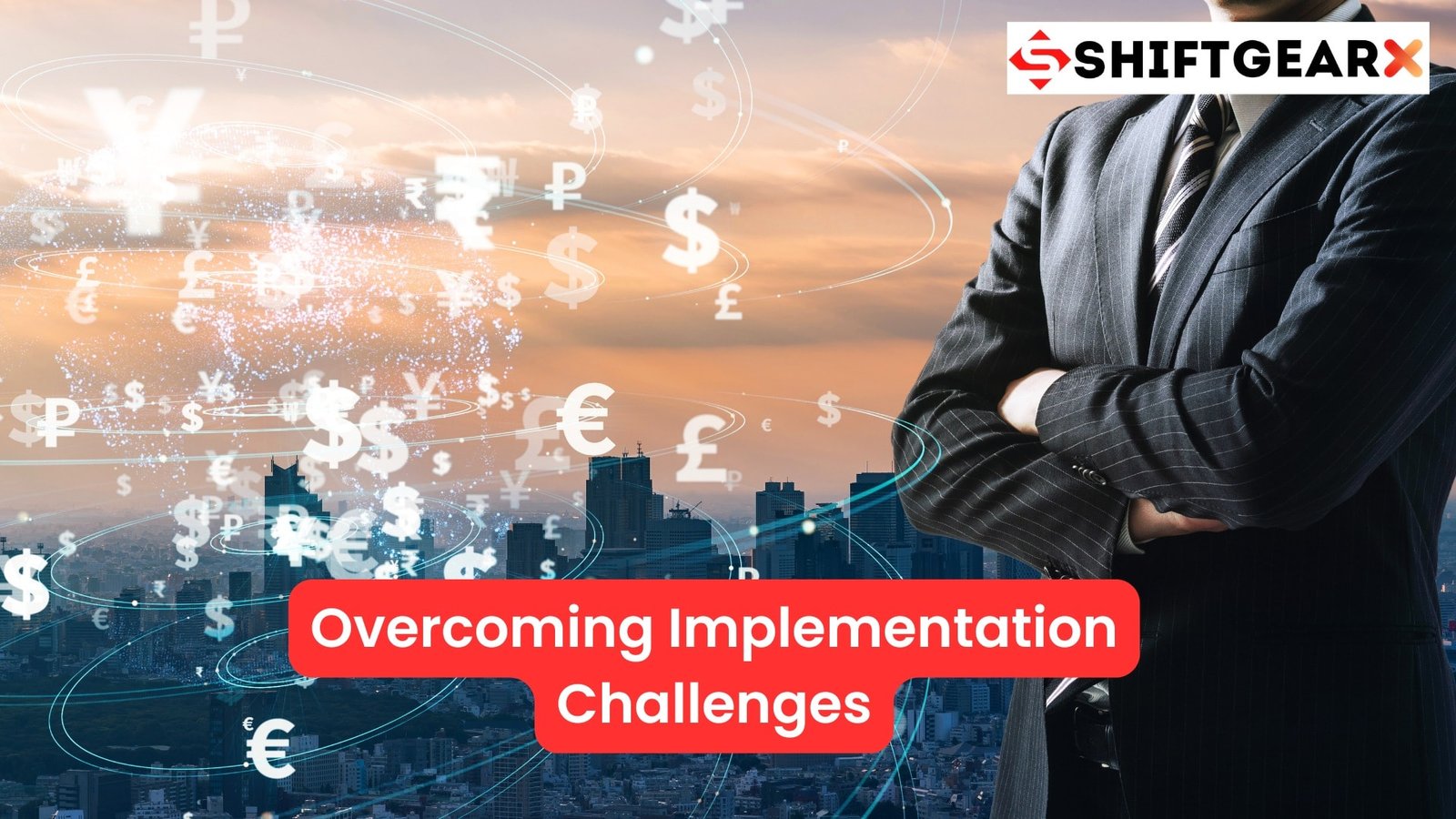
Adopting AI and automation in FinOps isn’t without its hurdles. Here are some common challenges and tips to overcome them:
-
Data Quality Issues AI systems are only as good as the data they’re fed. Ensure you have clean, consistent data across all sources. Tip: Start with a data audit and cleansing process before implementing AI tools. It might be time-consuming, but it’s worth it in the long run.
-
Resistance to Change Some team members might be hesitant to adopt new technologies, fearing job obsolescence or disruption to familiar processes. Approach: Focus on education and gradual implementation. Show how AI tools can make their jobs easier and more impactful, rather than replacing them.
-
Integration with Existing Systems Ensuring new AI tools work seamlessly with your current tech stack can be challenging. Solution: Look for AI solutions that offer robust APIs and integration capabilities. Consider working with a systems integrator if needed.
-
Cost of Implementation The initial investment in AI and automation tools for cloud cost management can be significant. Perspective: View it as a long-term investment. Calculate the potential ROI in terms of time saved, improved accuracy, and optimized cloud spending.
Real-World Success Stories

Let’s look at how some financial operations organizations have successfully leveraged AI and automation in their FinOps practices:
-
Netflix’s Cost Optimization Journey Netflix, known for its heavy cloud usage, implemented an AI-driven cost optimization system that analyzes viewing patterns and automatically adjusts resource allocation. This resulted in a 50% reduction cost savings in unnecessary cloud spending without impacting service quality.
-
Airbnb’s Automation Solutions for Anomaly Detection Airbnb developed an internal tool called Metric Anomaly Detector (MAD) that uses machine learning to identify unusual patterns in their cloud usage and spending. This system has helped them catch and address issues quickly, saving millions in potential overspending.
-
Spotify’s AI-Powered Cost Allocation Spotify uses AI algorithms to automatically allocate cloud costs to different teams and projects based on usage patterns and metadata. This has improved accountability and helped teams make more informed data driven decisions about resource usage.
-
Netflix’s Cloud Services Optimization Netflix, known for its heavy cloud usage, implemented an AI-driven cost optimization system that analyzes viewing patterns and automatically adjusts resource allocation. By focusing on cloud services, they achieved a 50% reduction cost savings in unnecessary cloud spending without impacting service quality.
Does FinOps have a future with AI-Driven Cloud Cost Optimization
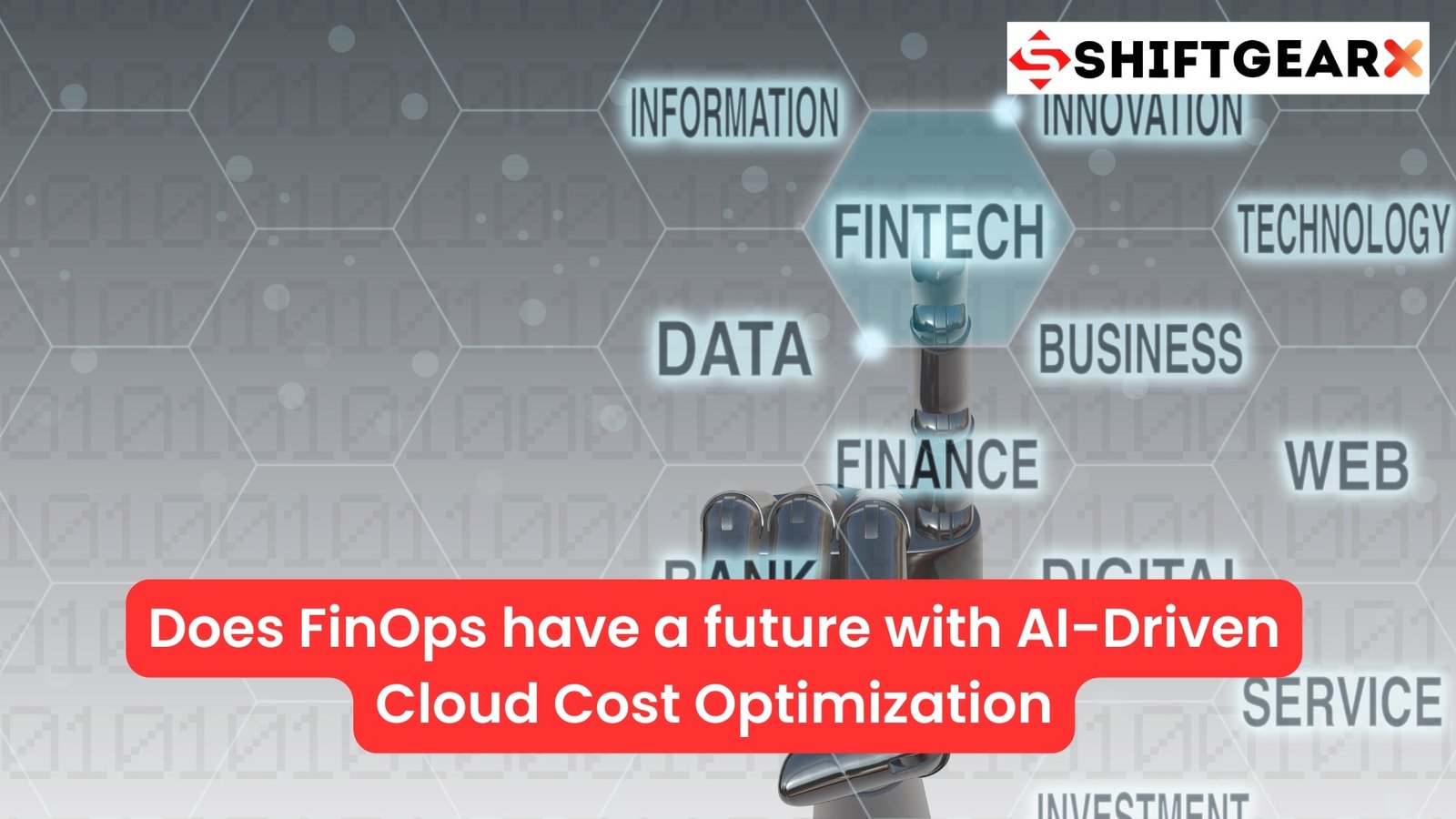
As AI and automation technologies continue to evolve, we can expect even more advanced capabilities in FinOps data management. Here are some exciting developments on the horizon:
-
AI-Driven Resource Optimization Future AI systems might not just identify optimization opportunities but automatically implement them, continuously fine-tuning cloud resources for optimal performance and cloud cost management.
-
Natural Language Interfaces Imagine asking your FinOps system questions like, “What’s driving our increased costs this month?” and getting instant, detailed responses. Natural language processing is making this a reality.
-
AI-Powered Negotiation Assistants AI systems could analyze your cloud usage patterns and market trends to provide recommendations during contract negotiations with cloud providers, helping you secure the best possible deals.
Embracing the AI and Automation Revolution in FinOps
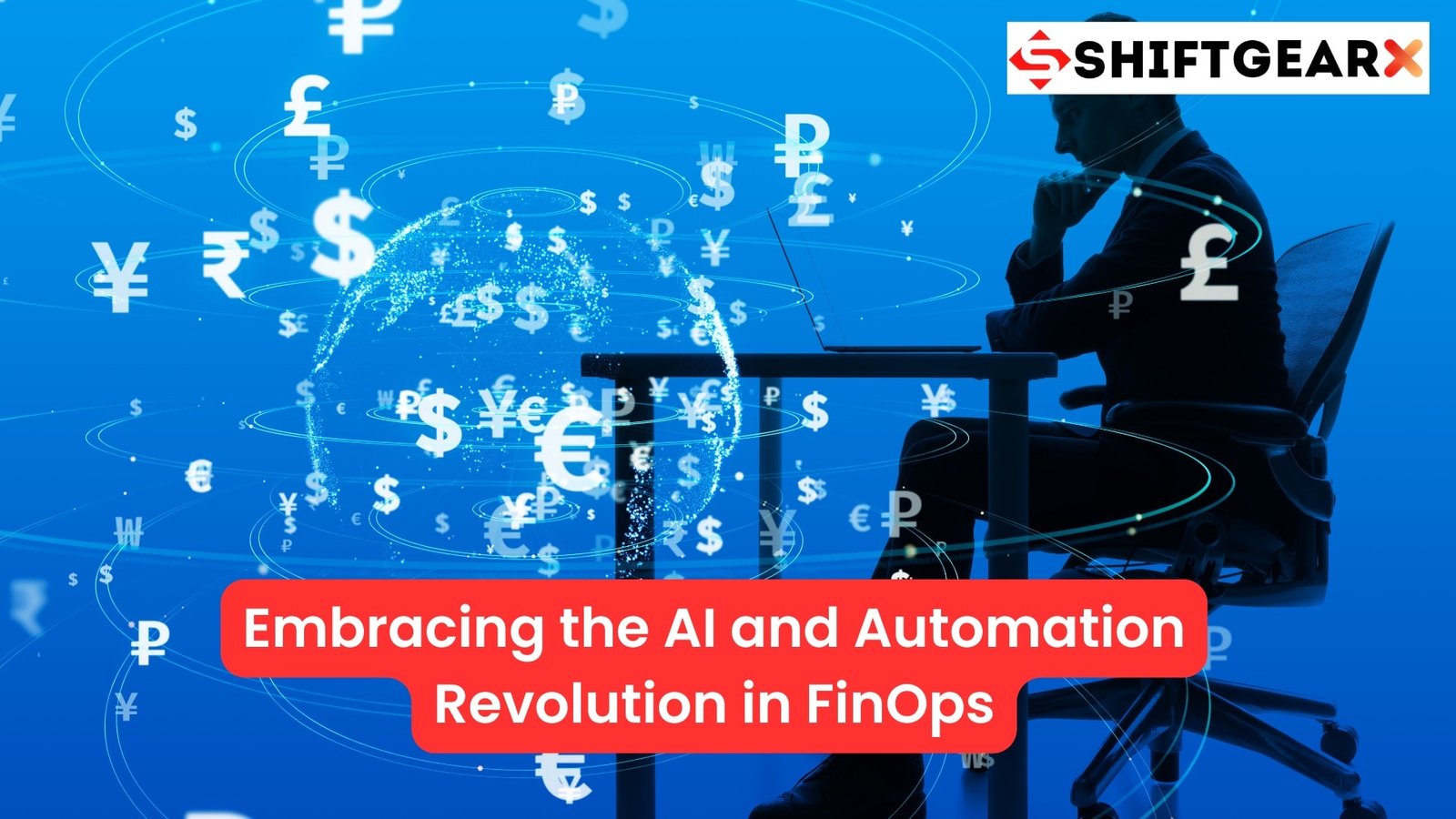
As we wrap up our exploration of how AI and automation are boosting FinOps data management and cloud cost management, let’s reflect on the journey we’ve taken. We started with Sarah, overwhelmed by the complexities of cloud financial management, and we’ve seen how these technologies can transform the FinOps landscape.
Remember, the goal of incorporating AI and automation into your FinOps practices isn’t to replace human expertise but to augment it. These tools free up your time from mundane tasks, allowing you to focus on strategic decision-making and driving real business value.
So, what’s your next step? Whether you’re just starting your FinOps journey or looking to take your practices to the next level, consider how AI and automation can help you overcome your specific challenges. Start small, learn from others’ experiences, and don’t be afraid to experiment.
As Tina McGhee, our FinOps expert, puts it: “The organizations that thrive in the cloud era will be those that embrace AI and automation in their FinOps practices. It’s not just about cutting costs; it’s about gaining the agility and insights needed to drive innovation and growth.”
Are you ready to boost your FinOps data management with AI and automation? The future is here, and it’s time to seize the opportunities it presents.
What are your thoughts on AI and automation in FinOps? Have you had any experiences, good or bad, with implementing these technologies? Share your stories in the comments below – let’s learn from each other and drive the FinOps community forward!




